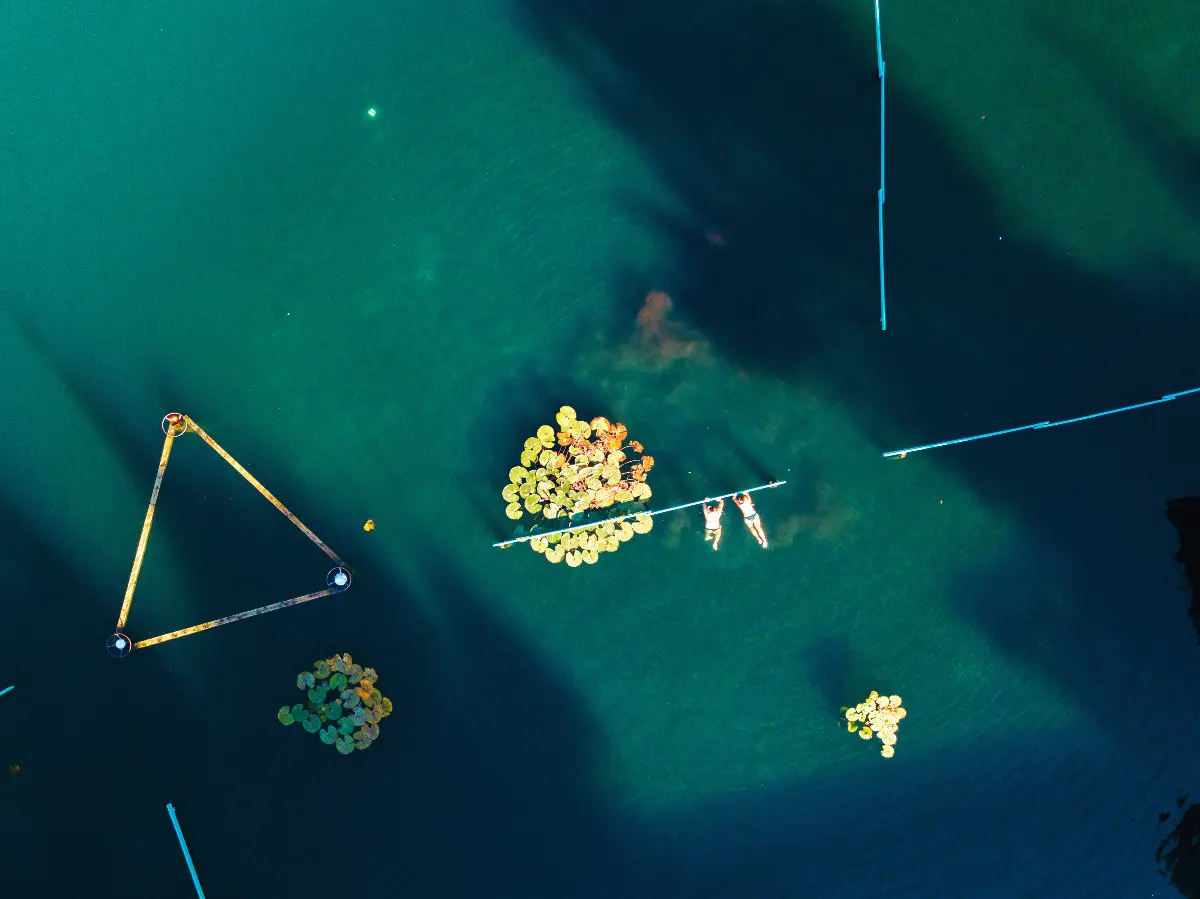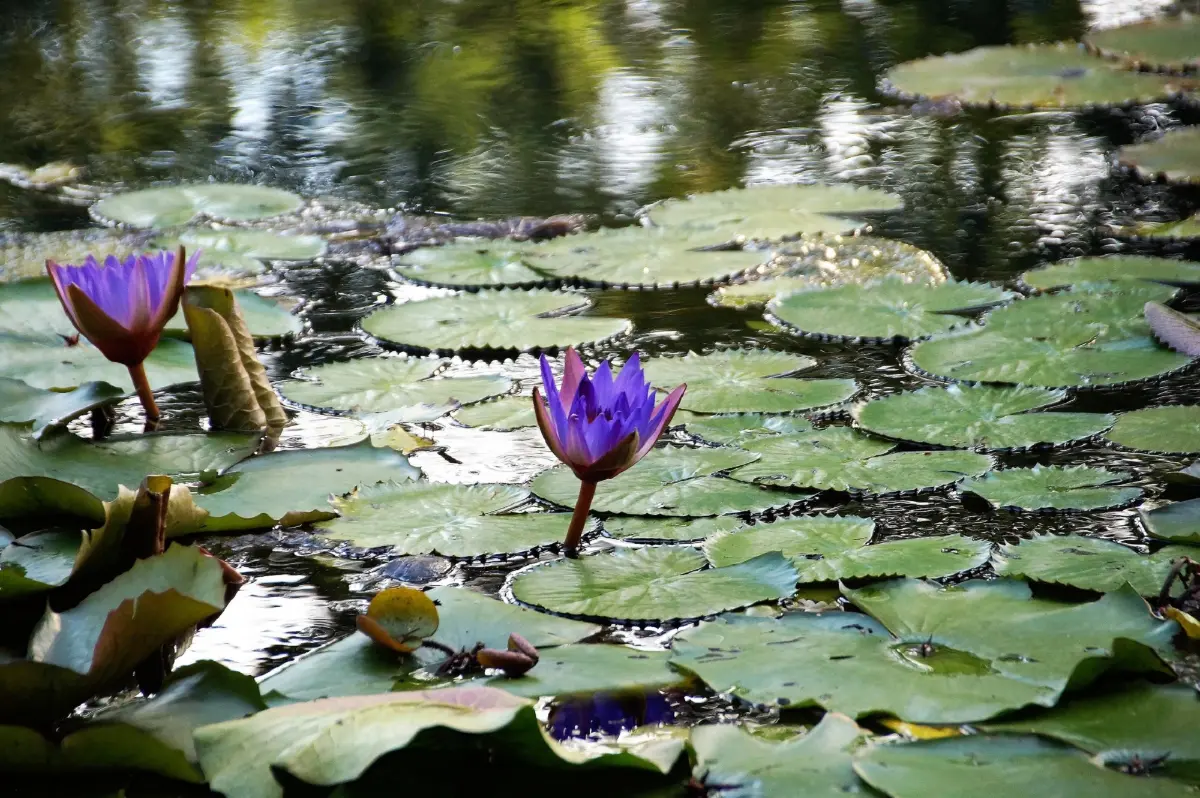
Helyszín címkék:
The dance of water lilies: Hévíz refreshes both body and soul
Francisck Réka Alíz
Lake Hévíz, with a surface area of 4.4 hectares, is the world’s largest natural thermal lake of volcanic origin, with a peat-silt, biologically active, natural thermal spring water, fed by thousands of years old karst springs: if you look closely at the surface of the lake, you can see that it does not stop. In fact, the whole lake is refreshed every two days. Through the spring crater, 86 million litres of water erupt to the surface. The water flow has a beneficial effect on the body as it gently massages the bathers. In addition, sulphurous water contains alkaline hydrocarbonate and is mildly radioactive, which is highly effective in the treatment of musculoskeletal disorders and as part of post-operative rehabilitation in rheumatology, orthopaedics and musculoskeletal rehabilitation, as well as in the treatment of chronic gynaecological and dermatological complaints.
Warm in winter and summer
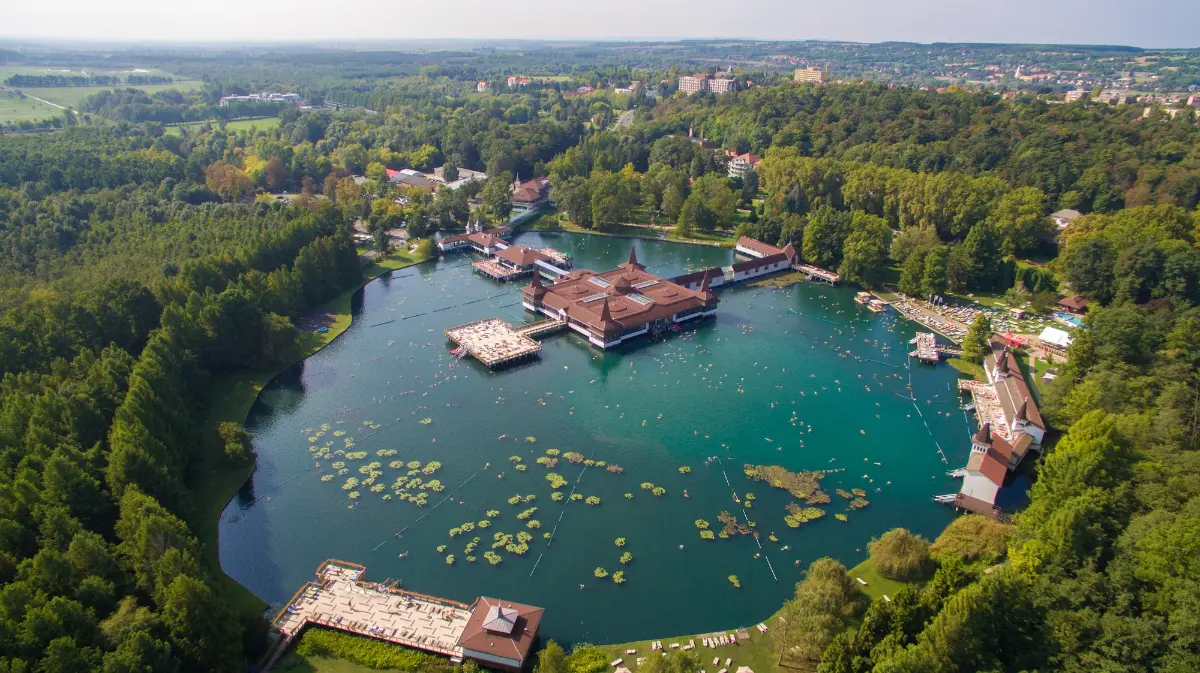
The temperature of the lake varies between 34 and 36 ºC in summer, but even in winter it never falls below 26-29 ºC, as it is covered by a light mist in cool weather, which prevents the water from cooling. The surrounding forest of almost 34 hectares also protects the lake from environmental disturbances such as wind, dust and noise.
There is also a cave
The lake was formed along a tectonic fault line during the Triassic period. Later, currents and water turbulence created a cave here. The entrance to this cave was discovered by two divers in 1972. The cave is regularly cleaned and maintained by professionals to control the amount of water coming out and to allow access, as it is very popular with divers.
The jewel of the lake
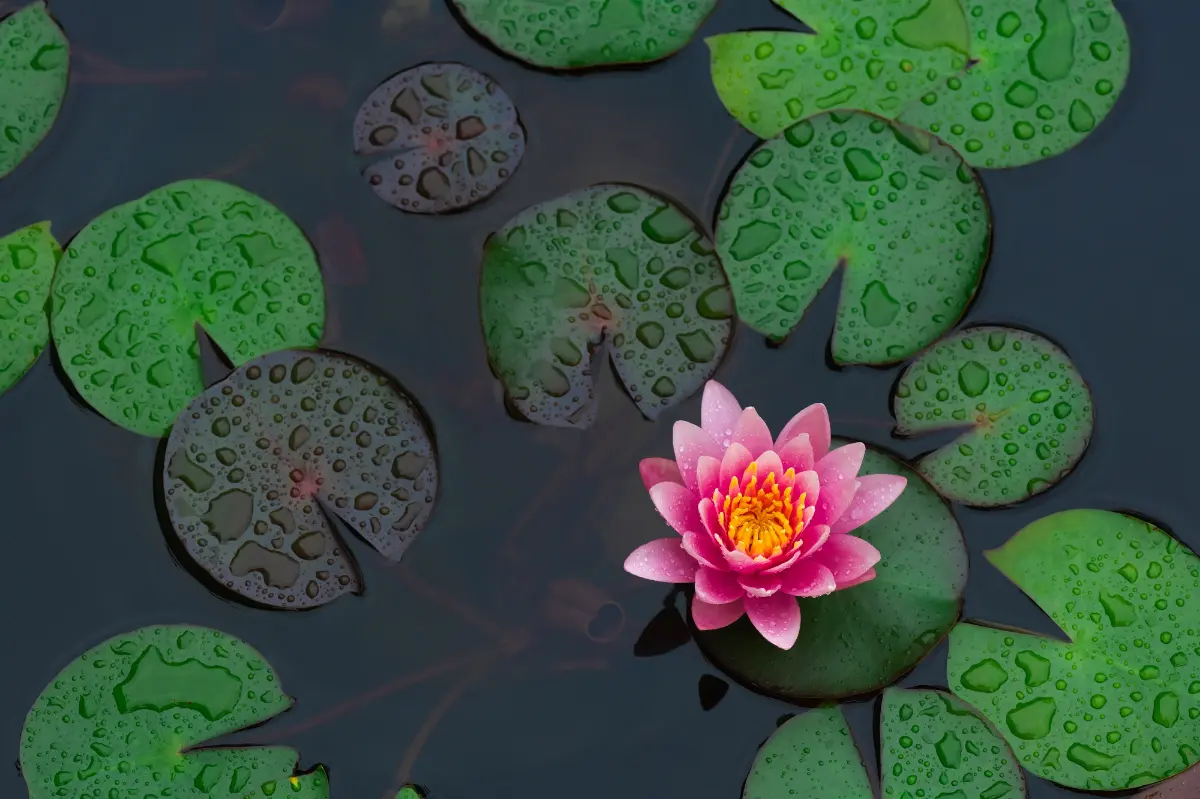
The water lily, the most beautiful plant on the lake, has become the symbol of Hévíz and has been included in the town’s coat of arms and flag. The flowering of the specially protected plants starts in early summer and lasts until the end of November. These flowers interact perfectly with the lake: the leaves slow down the evaporation of water. As they float on the surface, they provide shade, slowing algae growth while protecting fish from both the heat and any predatory birds that may be lurking around, providing them with a place to hide. They can shimmer in a range of colours from deep green to bright burgundy, further dotting the water’s surface.The water lily was not native to Hévíz. They were brought here from India and Africa in 1898 by Sándor Lovassy, a teacher at the Keszthely School of Economics. A few years later, Hévíz became the only place in Central Europe where warm water lilies bloomed outdoors.
Related guide to thermal water
The formation of thermal waters is relatively simple. Water from deep to the surface penetrates rocks of different composition and extracts minerals. It will become medicinal water. Our body absorbs the soluble components through the skin and when we bathe, we also absorb these substances in the form of vapour. In addition to the chemical properties of water, we also benefit from its physical properties, as its temperature and flow both relax and heal our tired limbs. To refresh yourself, look for a so-called cold bath at 15-20 ºC. Water between 21 and 31 °C can have a calming effect on the nervous system, while warmer water dilates the blood vessels. Experts advise you to spend only a short time in such water, and not to splash around on a full stomach, exhausted. The medicinal water can also be used for a drinking cure. (When tasting it, it is sometimes hard to imagine that it can really help, but it is said to be better received if taken in small sips while walking.) And to complete the picture, not only can thermal waters work wonders on their own, but their mud is also excellent for treating and curing a variety of ailments. As Sándor Márai writes in his ‘Grass Book’ (Hungarian title: Füves Könyv):
“The medicinal waters will infuse your body and invigorate your soul, soothing your nerves from work and the world. Spas are a kind of wet monastery, where you can surrender your body and soul to sober and dignified relaxation.”
In the neighbourhood
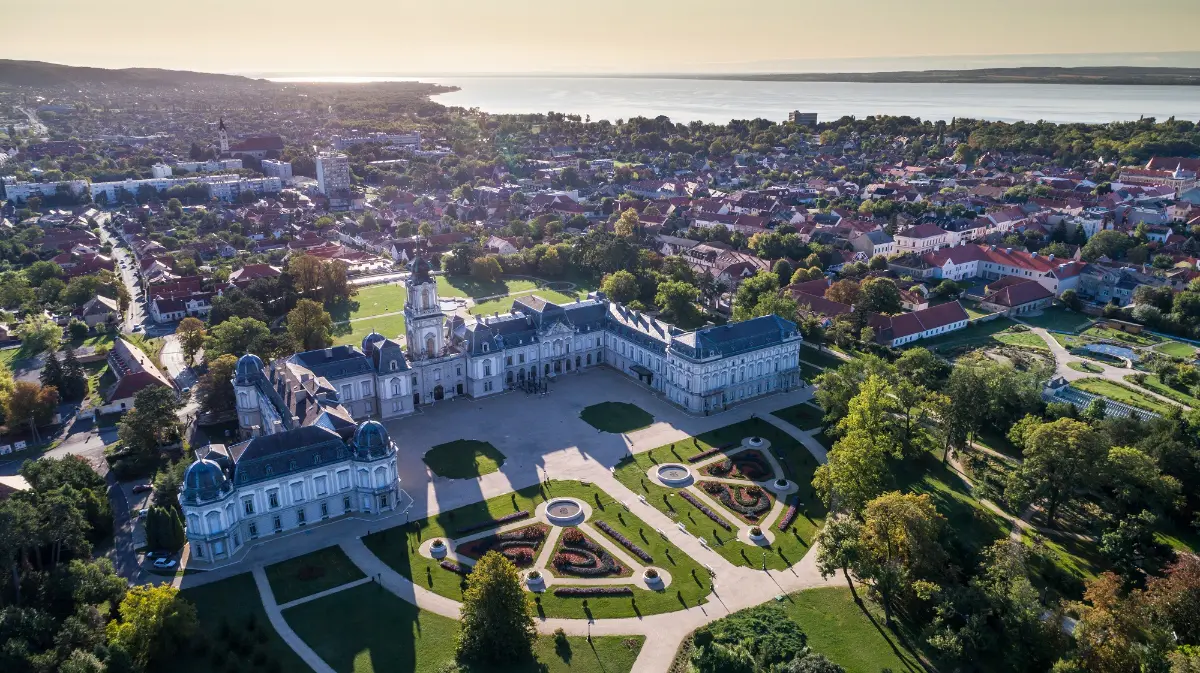
Keszthely is a city of academic and cultural life. Festetics Castle, built in 1745, is one of the most beautiful castles in Hungary, where many programmes, such as open-air theatre performances and concerts, add colour to the summer evenings – and it is well known that music can be uplifting and relaxing for the spirit. So, once your body and soul are refreshed in the thermal waters, it is worth taking advantage of the opportunities offered by the area. From Keszthely, you can take a boat trip to other prominent points on the lake, such as Szigliget, Tihany, Badacsony or Siófok. Little Lake Balaton and the national park of Kányavár Island are also very popular places to visit. Our other tips include Cserszegtomaj (where the main attractions are the botanical garden and the fortress theatre), the 13th-14th century fortress of Rezi, which defended the country from Turkish troops, and Csókakő Rock, which offers a magnificent view of Keszthely, Lake Balaton, Hévíz and Egregy Hill.

